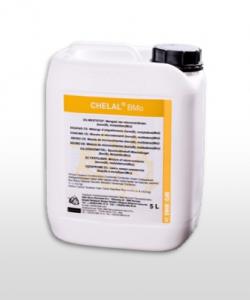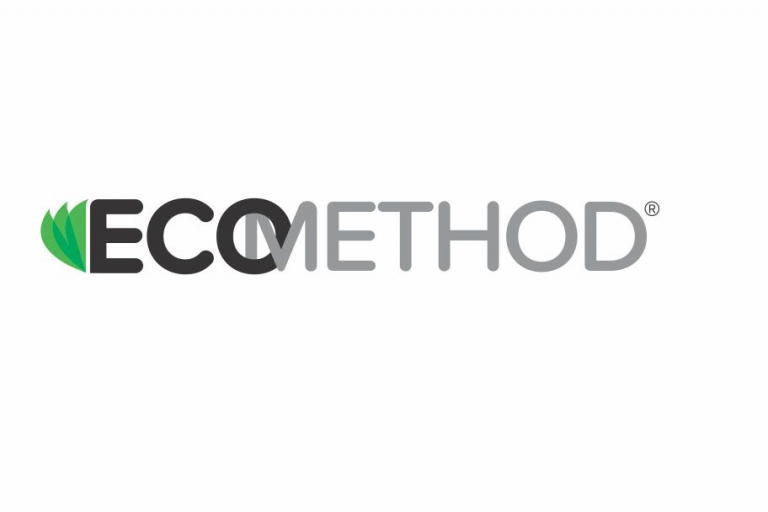You are here

Chelal BMo
 COMPOUND INORGANIC MICRONUTRIENT FERTILISER, Micronutrient fertiliser in solution, 5,0 % B, 1,0 % Mo
COMPOUND INORGANIC MICRONUTRIENT FERTILISER, Micronutrient fertiliser in solution, 5,0 % B, 1,0 % Mo
CHELAL® BMo contains boron and molybdenum in a unique formula which guarantees a swift and easy absorption of these elements by both leaf and root, followed by a quick internal transport to all plant parts. Thus, using CHELAL® BMo enables rational and goal-directed intervening into plant nutrition.
For additional information concerning the specific functions of boron and/or molybdenum in plant physiology, susceptibilities to and related deficiency-symptoms caused by these elements, please consult our technical sheets:
for boron: CHELAL® B
for molybdenum: CHELAL® Mo
CHELAL® BMo is miscible with most pesticides and herbicides. Avoid mixing with oilbased products. It is advisable to conduct a miscibility test before application. In case of doubt, consult our technical service.
Do not exceed the maximum concentration of 1 % (= 1 L CHELAL® BMo in 100 L water). Maximum concentration in greenhouse: 0,5 % (= 500 cc in 100 L water). For foliar applications avoid high temperatures and bright sunshine.
Treat preferably during early morning or late evening.







